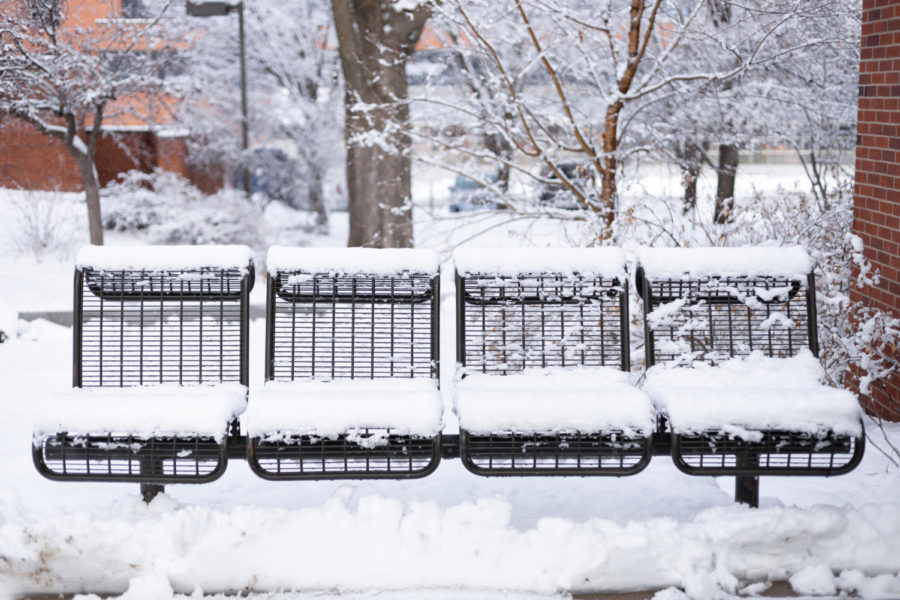Steel bridge team wins three awards
March 8, 2002
The ISU chapter of the American Society of Civil Engineers competed in the Regional Steel Bridge Competition at North Dakota University on Saturday.
Although the team did not advance to the national competition, it won three awards.
The bridge was designed based on the problem statement in the contest rules, and other factors were considered as well, said Bryan Williams, co-chair of the ISU Steel Bridge Team and senior in civil engineering.
“When doing our design, we wanted to build a bridge that was simple and easy to put together and be aesthetically pleasing to the eye,” said Russ Dudley, senior in civil engineering.
The complete bridge had to be 21.5 feet long.
“[The bridge] was fabricated out of 16-gauge steel, and out of the steel we had triangles laser-cut out of the flat sheet,” Williams said. “Then it was bent by a hydraulic brake to form the triangular cross-section.”
The team began making the bridge during Christmas break, said Maegan Page, co-chair of the team and junior in civil engineering.
After welding and completing each section, the bridge went through a series of tests.
Williams said the bridge analysis was performed by Justin Doornink, graduate student in civil and construction engineering, with aid from the civil and construction faculty.
“As part of our design analysis we tested a four-foot section, and that stood up to 5,020 pounds,” Page said. The final weight of the bridge itself was 226 pounds, making it the second-lightest bridge there.
Williams said there were two staging yards and the team members assembled the bridge over a mock river. The river simulates actual construction situations and is off limits.
“You can’t touch the river with your foot or hand or anything,” Page said.
Awards were given for first, second and third place, with the top two proceeding to the national competition on June 20-24 at the University of Wisconsin-Madison.
The six-person crew built the bridge in two minutes and 25 seconds, earning it an award in construction speed and also an economy award for speed relative to size of the group.
The team won an aesthetics award for its unique structure as well. “Our bridge was the only bridge that wasn’t a replica of the winning design at nationals last year,” Page said. “Many other schools complimented us on our design.”
Everyone in the group participates in the entire process, Page said, which is very beneficial to underclassmen.
“They see analysis done that they won’t see until upper-level design courses,” she said.
The outcome may not have been what the team had hoped for, but members said they gained experience and satisfaction.
“We’re very happy with how our bridge performed as per our design,” Williams said.
“We accomplished what we set out to do, but it still leaves a lot of room for improvement next year,” Dudley said.






